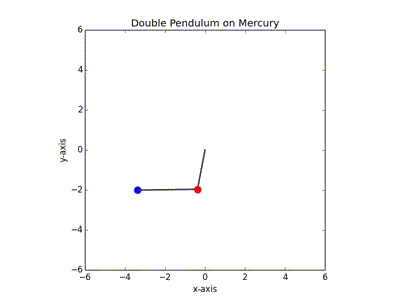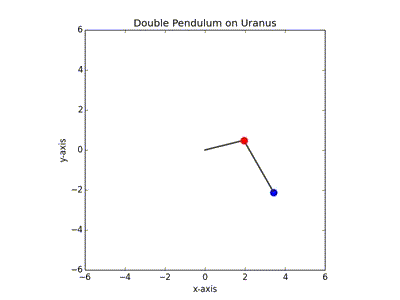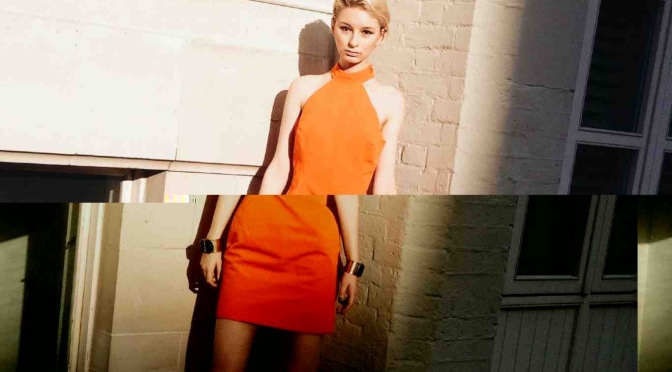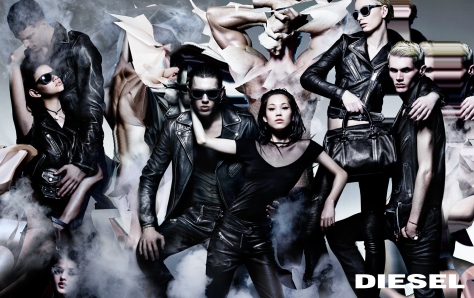Our sense of smell is a truly astonishing thing. Although humans have fewer olfactory receptor genes (so, basically, genes which allow you to smell a greater range of scents) than most mammals, because of our higher brain power, we’re still damn good at smelling what is what. In fact, what makes scent amazing and interesting is how little it has to do with our nose, and how much about our brain. Of course, without noses we’d be unable to smell anything. But that’s just pure mechanics. Where things get really interesting is how those smells get processed by the brain. The signals from our noise when we smell stuff terminate right next to our amygdala, which has a large role in how we process our memories. This means that scent is very strongly linked to memories for us – with memories evoked by scent often being far more emotional and evocative than that of memories evoked by sight or sound. Even more interesting, the memories evoked by scent often come from the earliest years of our lives – so it really goes back all the way, bringing back experiences which are often unreachable through sight and sound.
Because of all this, it’s interesting to see how scent can define us. Can a personality profile tell us what scents we’d like; or vice versa , can the scents we like reflect our personalities? This is, in essence, what Fragrance Lab at Selfridges is attempting to do – find your perfume prescription based on primarily on a personality profile, and secondarily on your reactions to a kind of “scent adventure”, culminating in the ‘fragrance garden’, where you’re guided through a number of rooms filled with different fragrances. You’ll smell things you love, and never want to leave (I was so wrapped up in smelling books that I got completely lost for a few minutes!), and odors you’ll hate so much that you’ll wonder how anyone could like them. Yet some people still do – the fragrances you like can define you in a way your favourite colour or texture never could, because of their strong link to memory.
I had the very lucky chance to go through the Fragrance Lab – the Immersive Experience, as they call it, when you do both the personality profile and get to go on a “scent adventure” (my own name for it, because that’s basically what it felt like!) which culminates in an amazing “fragrance garden” (theirs). From this, you get your own fragrance prescription (which you get a bottle of), which is built up mainly from your personality profile. The fragrance prescription even influences the kind of bottle your fragrance comes in – which it’s modern, or classic, or something else entirely!
I actually had two fragrance prescriptions, the first being simply from my personality profile. This was intensely modern, and unusual – something that would easily stand out of the crowd. However, my “scent adventure” revealed that however modern and unique I may think I am, I’ve got a massive soft stop for antiquity. My second (and final) perfume prescription – number 147 – was incorporated that as well.
Modern and outgoing, but with an immense sense of nostalgia for the old. Pretty much me – I’m forward thinking, and very much ‘out with the old and in with the new’ when it comes to pretty much everything, but then I’m a sucker for beautiful antiquity. Give me a massive wooden library with leather chairs and stacks of old books over a shiny new iPad or eBook anyday. To quote, the key fragrance notes are ‘antique wood, whiskey, and fern’, seeming to have a hint of spice to it, and coming in a classic glass bottle – it’s a scent which brings me back to curling up in the corner and reading books, while my Mum burns frankincense in the next room, which just slowly makes its way towards me. It’s also very different from my other perfumes, my favourite of which is very clean cut, and fresh and androgynous. This is far more deep and dusky – a scent I’m very glad to be able to add to my shelf – something more comforting and which I can just relax into. I often use scent as a way of projecting elements of myself which are perhaps not as strong otherwise – this is a more rounded fragrance which I could say expressed all of me. It’s strong yet understated, confident get still slightly reserved, with a hint of the unusual.
To see yourself profiled through fragrance is a very unique and wonderful experience – I may have taken hundreds of online personality tests, but this really reveals something deeper, especially on the “scent adventure”. The Fragrance Lab was a truly amazing experience, something I’m so pleased I was able to take part in, and something I’d recommend to others quickly. Now, if you’ll excuse me, I’m going to get back to smelling my perfume (it’s addictive, but that might just be the high alcohol content!) and daydreaming about massive libraries and old books. – oh Alexandria, how I mourn you!
First, I have to thank my sister Tiffany for getting me my spot in the Fragrance Lab – I’m so glad I had the opportunity to experience it! Also, thanks to everyone who worked on and built the Fragrance Lab, creating such a unique and interesting (and also revealing!) experience, and also Selfridges for hosting it.
I never realised how much scent meant to me – how much I hated certain smells, and was comforted by others. Yes, I knew about the fact that it was the most evocative sense, but I had never really experienced it for myself up till now. Fragrance Lab really opened up my nose, so to speak.
What does smell mean for you? Are there certain smells which disgust you, but others love? And what makes a fragrance beautiful, and makes you want to wear it – does it have to evokes memories, or maybe project an image? Or do you try and find scents that fully evoke yourself, and nothing else – not something to hide behind or blur the corners, but to fully outline yourself, and nothing else.


































